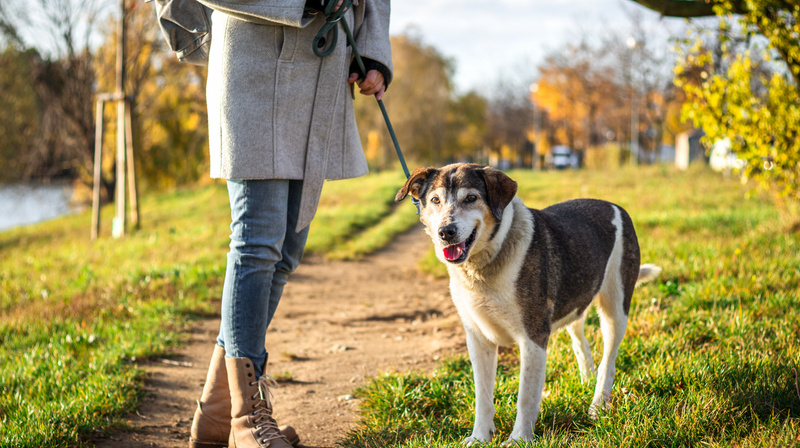
How Much Should I Exercise My Old Dog?
As your furry friend ages, you may find yourself wondering how much exercise they need to stay healthy and happy. It can be a tricky balance to strike, as you don't want to over-exert your older dog, but you also don't want them to become sedentary and lose muscle tone. In this blog, we'll take a look at how much exercise an old dog needs, as well as some tips for keeping your senior pup active and comfortable.
First things first: every dog is different
Some older dogs may have health conditions that limit their mobility or energy levels, while others may still be spry and active well into their golden years. As a general rule, however, most older dogs will benefit from moderate exercise on a regular basis.
So, what does "moderate exercise" mean for an old dog?
Depending on your dog's breed, size, and overall health, this could take many different forms. For some dogs, a leisurely walk around the block may be enough to get their blood pumping and stretch their legs. Other dogs may benefit from more vigorous exercise, such as hiking or swimming.
As a rough guideline, most older dogs should aim for about 30 minutes of moderate exercise per day. This could be broken up into two shorter walks, or one longer session depending on your schedule and your dog's preferences. Of course, if your dog is showing signs of fatigue or discomfort during exercise, it's important to cut back and consult with your veterinarian to ensure that their needs are being met.
Don't forget toys!
In addition to traditional forms of exercise like walking and playing fetch, there are other ways to keep your older dog active and engaged. Puzzle toys and treat-dispensing balls can provide mental stimulation and encourage your dog to move around and explore their environment. Gentle stretching and massage can also be helpful for keeping your dog limber and comfortable.
As your dog ages, it's important to keep an eye on their joints and mobility
Arthritis and other joint conditions can be common in older dogs, and may require additional care and attention. Talk to your veterinarian about ways to manage your dog's joint health, such as joint supplements or specialised diets.
Finally, it's worth noting that exercise is just one piece of the puzzle when it comes to keeping your senior dog healthy and happy. Regular veterinary check-ups, a nutritious diet, and plenty of love and attention are all important for ensuring that your dog is thriving in their golden years.
In conclusion, every old dog is different, so it's important to tailor their exercise routine to their individual needs and abilities. As a general guideline, aim for about 30 minutes of moderate exercise per day, but be sure to watch for signs of fatigue or discomfort. Keep your dog engaged with mental stimulation and gentle stretching, and don't forget to prioritise their overall health and well-being. With a little extra care and attention, your senior dog can enjoy a happy and active lifestyle for years to come.
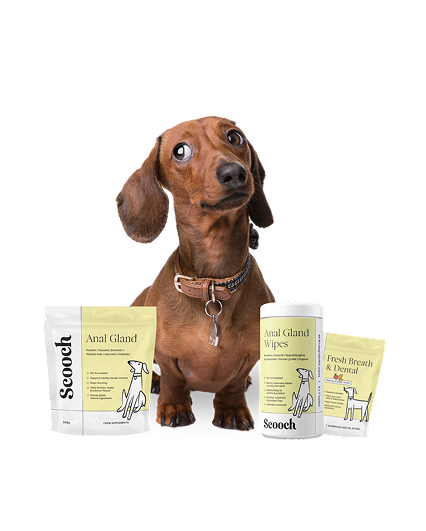
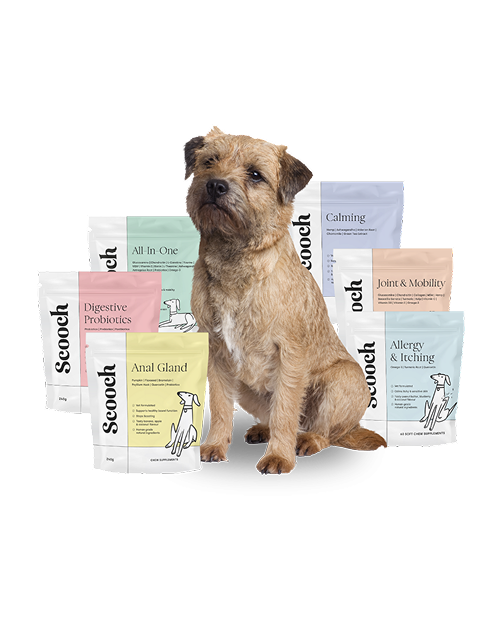
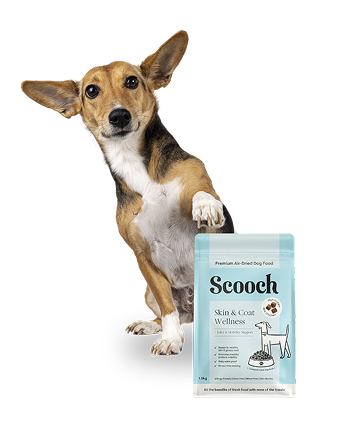
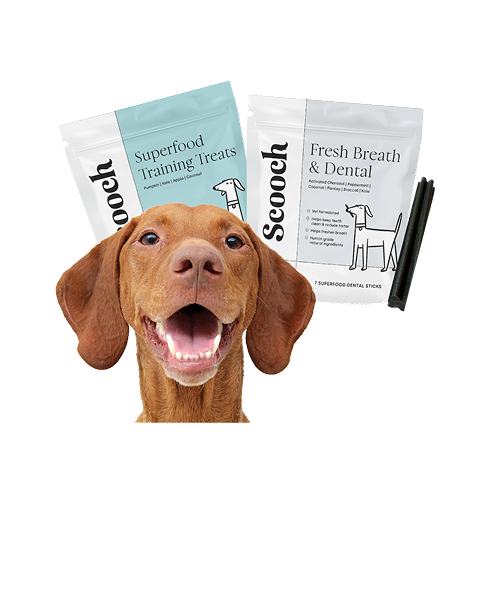
 Scooch health
Scooch health